August 2, 2016
London firms paint a mixed picture in their post Brexit reaction 0
Investment and hiring intentions remain relatively robust among London’s leading firms, despite the Brexit vote, claims a new analysis by the CBI and CBRE. Over two fifths (41 percent) of the 186 firms surveyed after the Referendum said that they planned to maintain their investment plans, with one in ten (9 percent) planning on actually increasing their plans. The demand for property from occupiers and investors also appears to remain strong. However, 16 percent of firms said they will freeze investment plans, whilst a fifth (21 percent) think they will reduce them. Half of businesses (50 percent) plan to continue to hire after the Referendum, with less than a third (29 percent) not planning to do so and 12 percent planning on reducing staff numbers. Many firms though are still considering their response to the Referendum and will be looking for a clear plan from the Government and City Hall to maintain the openness of London’s economy.







 There is a lurid headline in today’s Telegraph proclaiming that ‘Working in an office is as bad as smoking’. It’s been picked up by a number of other news outlets, has been splashed all over search engines and will no doubt join
There is a lurid headline in today’s Telegraph proclaiming that ‘Working in an office is as bad as smoking’. It’s been picked up by a number of other news outlets, has been splashed all over search engines and will no doubt join 
 Working on complex tasks and work that is based on interactions with other people rather than data or things appear to protect against cognitive decline, according to research presented at the Alzheimer’s Association’s International Conference in Toronto. Researchers in two separate studies claim that people whose work requires complex thinking and activities are better able to withstand the wider causes of cognitive decline. The results suggest that working with people, rather than data or physical things, contributed the most to the protective effect and could offset the widely reported effects of a Western diet on cognitive ability. Researchers found that people with increased white matter hyperintensities (WMHs) – white spots that appear on brain scans and are commonly associated with Alzheimer’s and cognitive decline – could better tolerate WMH-related damage if they worked primarily with other people rather than with things or data.
Working on complex tasks and work that is based on interactions with other people rather than data or things appear to protect against cognitive decline, according to research presented at the Alzheimer’s Association’s International Conference in Toronto. Researchers in two separate studies claim that people whose work requires complex thinking and activities are better able to withstand the wider causes of cognitive decline. The results suggest that working with people, rather than data or physical things, contributed the most to the protective effect and could offset the widely reported effects of a Western diet on cognitive ability. Researchers found that people with increased white matter hyperintensities (WMHs) – white spots that appear on brain scans and are commonly associated with Alzheimer’s and cognitive decline – could better tolerate WMH-related damage if they worked primarily with other people rather than with things or data.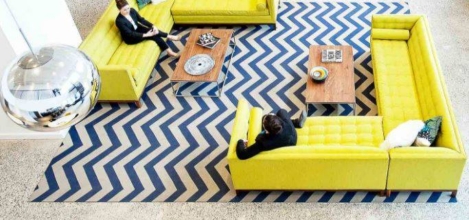
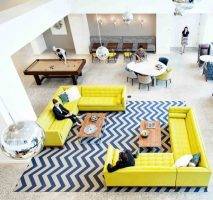 Giving employees more control over workplace design is the single most important contributing factor to their wellbeing, according to a new study. The Workplace & Wellbeing report examines the workplace design factors that influence wellbeing. The research team discovered that an invitation to participate in the design of the work environment raised levels of wellbeing, although increasing the level of participation did not necessarily increase the level of wellbeing. The research was led by the Royal College of Art’s Helen Hamlyn Centre for Design in partnership with architects Gensler and supported by a consortium of leading industry names: Milliken, Bupa, Royal Bank of Scotland, Kinnarps and Shell. The context for this project lies with a current ‘wellbeing deficit’ in the workplace which means absence from work costs the UK economy more than £14 billion a year according to the Confederation of British Industry.
Giving employees more control over workplace design is the single most important contributing factor to their wellbeing, according to a new study. The Workplace & Wellbeing report examines the workplace design factors that influence wellbeing. The research team discovered that an invitation to participate in the design of the work environment raised levels of wellbeing, although increasing the level of participation did not necessarily increase the level of wellbeing. The research was led by the Royal College of Art’s Helen Hamlyn Centre for Design in partnership with architects Gensler and supported by a consortium of leading industry names: Milliken, Bupa, Royal Bank of Scotland, Kinnarps and Shell. The context for this project lies with a current ‘wellbeing deficit’ in the workplace which means absence from work costs the UK economy more than £14 billion a year according to the Confederation of British Industry.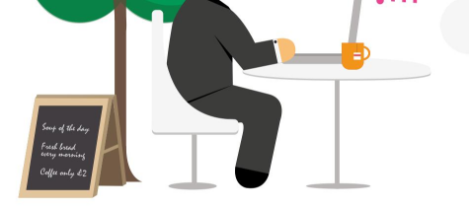
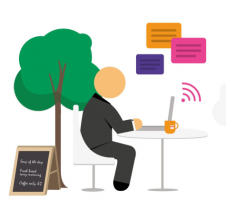 A new study published to coincide with Smarter Working Day (today, apparently) claims that almost half of UK workers (48 percent) don’t think their current employee benefits package is tailored to their needs. The study of 1,000 UK workers published by payroll lending provider SalaryFinance claims that 38 percent of UK workers currently have access to flexible working although only 26 percent say they prefer the chance of flexible working to financial and psychological wellbeing benefits. Fewer than one in five (19 percent) currently have access to benefits designed to support mental wellbeing, such as counselling services, and only one in four (26 percent) receive financial wellbeing support from their employer. In contrast, one in three (32 percent) receive ad hoc incentives such as free lunches, birthday cakes and duvet days. With 58 percent of people saying that their employer has never asked for feedback on their benefits programme, employers could be falling out of touch with the needs of staff, claims the research.
A new study published to coincide with Smarter Working Day (today, apparently) claims that almost half of UK workers (48 percent) don’t think their current employee benefits package is tailored to their needs. The study of 1,000 UK workers published by payroll lending provider SalaryFinance claims that 38 percent of UK workers currently have access to flexible working although only 26 percent say they prefer the chance of flexible working to financial and psychological wellbeing benefits. Fewer than one in five (19 percent) currently have access to benefits designed to support mental wellbeing, such as counselling services, and only one in four (26 percent) receive financial wellbeing support from their employer. In contrast, one in three (32 percent) receive ad hoc incentives such as free lunches, birthday cakes and duvet days. With 58 percent of people saying that their employer has never asked for feedback on their benefits programme, employers could be falling out of touch with the needs of staff, claims the research.
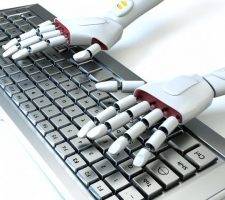 Businesses are ready to embrace the new era of robot workers, automation and artificial intelligence, according to a new report.
Businesses are ready to embrace the new era of robot workers, automation and artificial intelligence, according to a new report. 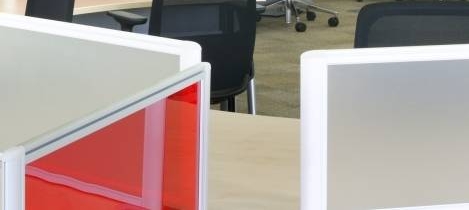
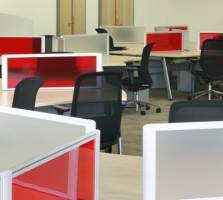


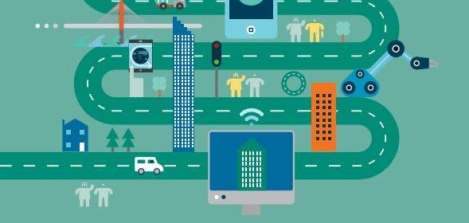
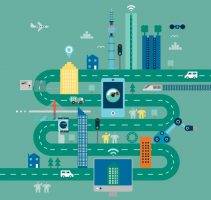 Global law firm Osborne Clarke has released its fourth
Global law firm Osborne Clarke has released its fourth 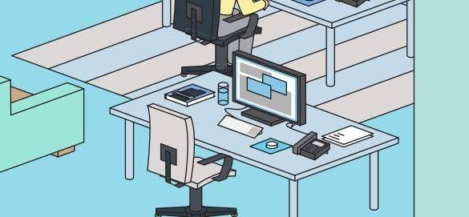
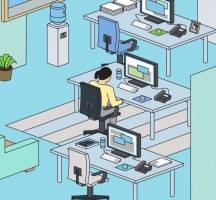 Gensler has announced the results of its Workplace Survey 2016 for both
Gensler has announced the results of its Workplace Survey 2016 for both 








August 6, 2016
HR analytics has the potential to stem the silver brain drain 0
by Matt Henderson • Comment, Technology, Workplace
(more…)